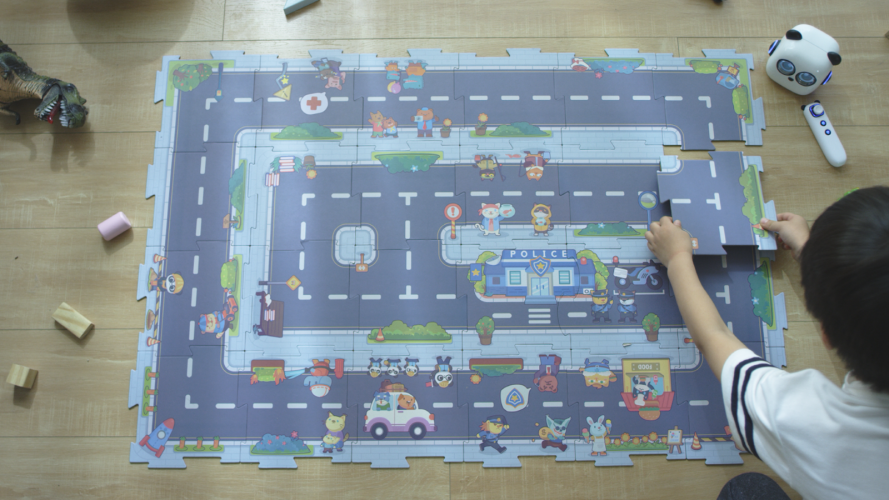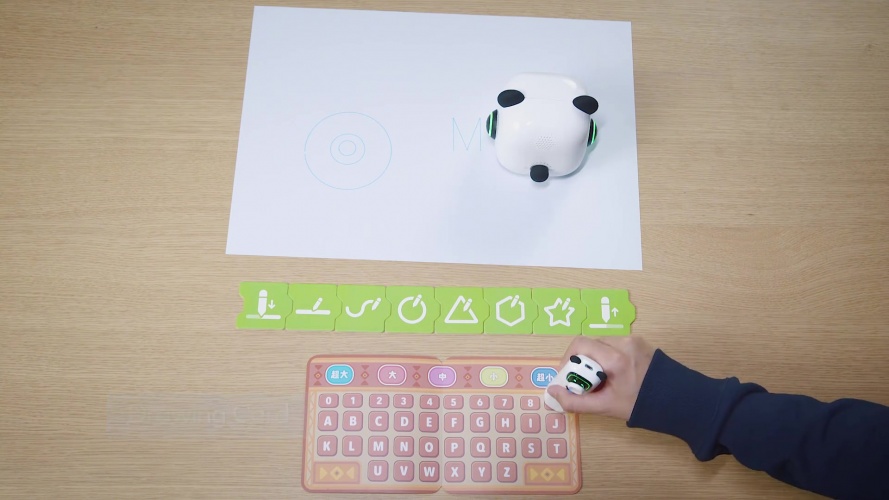
mTiny
mTiny introduces children to the world of technology and computational thinking in a playful way. A tap pen controller, various coding cards, interactive themed maps, and markers, in combination with lessons, allow young students to learn through a tangible exploration while developing their creative and collaborative skills.
Because mTiny can express personality and character through different costumes, interactive sound, motion, lights, and expressive eyes, it is also a great tool for the development of social and emotional skills.
The pedagogical analysis covers how the product supports learning of the identified skills. The student’s role is assessed by four contrary pair parameters, which are selected to cover the most essential aspects on the use of the product.
The following are the high educational quality aspects in this product.
The supported learning goals are identified by matching the product with several relevant curricula descriptions on this subject area. The soft skills are definitions of learning goals most relevant for the 21st century. They are formed by taking a reference from different definitions of 21st century skills and Finnish curriculum.







User reviews for mTiny
You need to log in to post a review.